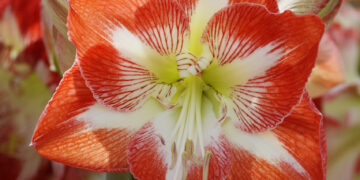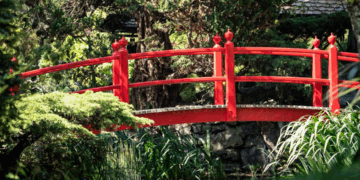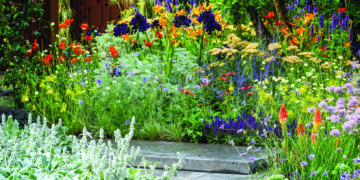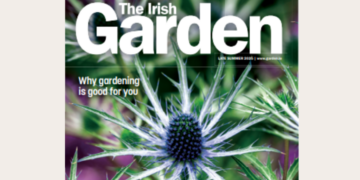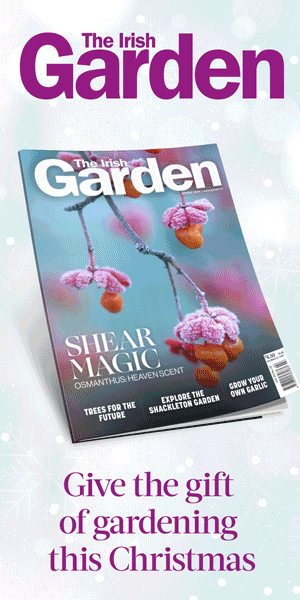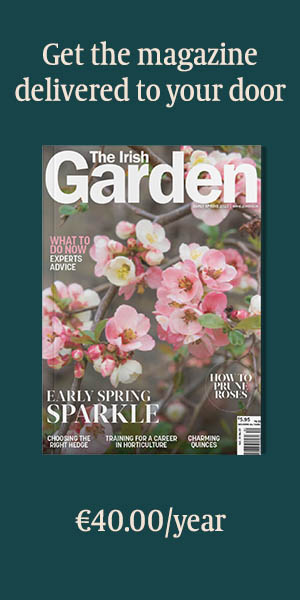Meteorologically, 2024 is proving to be a memorable year for all of the wrong reasons and late summer is no different. While the rest of the world has undergone consistently raised global surface temperatures and a whole range of disturbing weather events, our comparatively mild, temperate island is not escaping a run of consequential records either. It may not have felt like it, but the whole island has successively experienced the warmest January, February, March April and May since records began. Nighttime cloud cover and the resulting higher-than-normal overnight temperatures account for this stealthy rise.
Despite the general upward trend in temperatures, and June 2023 being the hottest June on record in Ireland, the early weeks of June this year were cooler than average. While a welcome brighter and warmer wave arrived later in the month, Ireland has had its coldest June since 2015, with rainfall levels below their usual average. The general consensus among gardeners and growers is that this is most certainly proving a difficult and challenging year to work with – it has been hot and cold, windy, wet and dry, and you never know what is coming next.

Plants’ seasonal response to the weather
From some plants flowering too early, such as dahlias blooming in early summer, to much-awaited peony displays failing to unfurl their buds, the flower garden has been a particularly disconcerting experience this summer.
The erratic weather patterns have gardeners puzzling over how to respond as we see plants adjusting to and accommodating, flowering and bolting in order to set precious seed, or not flowering at all, as the case may be.
That said, summer is not over yet and there is still the promise of plenty of cheery colour to come from the many wonderful late-summer flowering plants. Annuals, nurtured and tweaked over the past few months are finally coming into their own. Because they are compelled to bloom and complete in their lifecycles in one year, annuals often have an inbuilt ability to adapt to quickly to the vagaries of the weather to ensure the reliability of their displays and ultimately their survival.
Observing and taking note of other plants that seem to be either coping with or enjoying the extremes can also help to inform how our gardens and plant choices can adapt to increasing weather variability – rodgersias and have been performing with notable gusto this year.
Late summer is when we traditionally enjoy the greatest bounty in return for our work put into the garden. In the vegetable garden, the rewards of a multitude of salad crops and sweet, tasty peas, baby carrots and raspberries, still encourage and remind us that the work is worth it, even when things are unpredictable. Change is the new normal.
For lots more hints and tips make sure to subscribe to get the magazine delivered to your door or follow us on social media @theirishgardenmagazine



